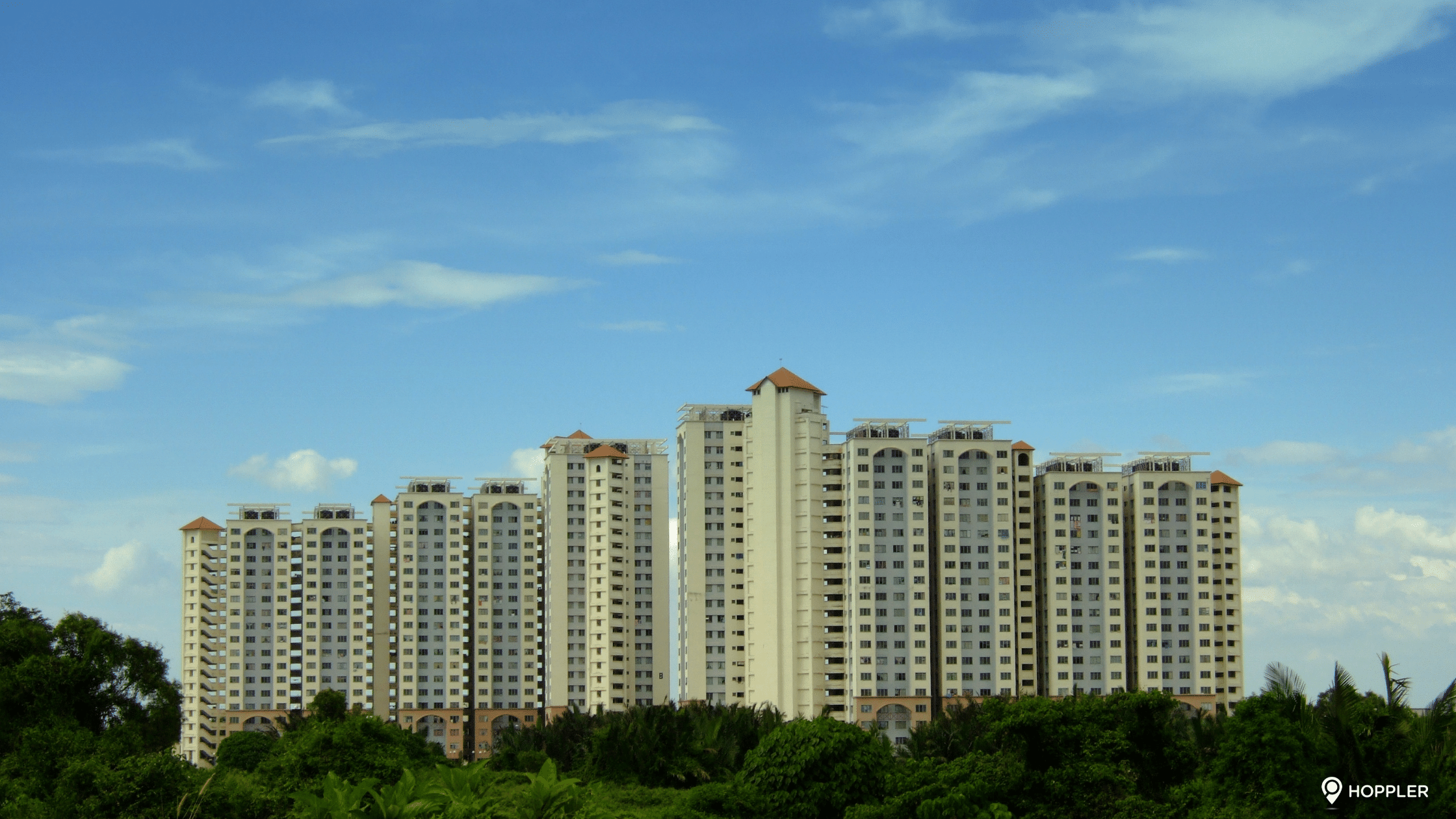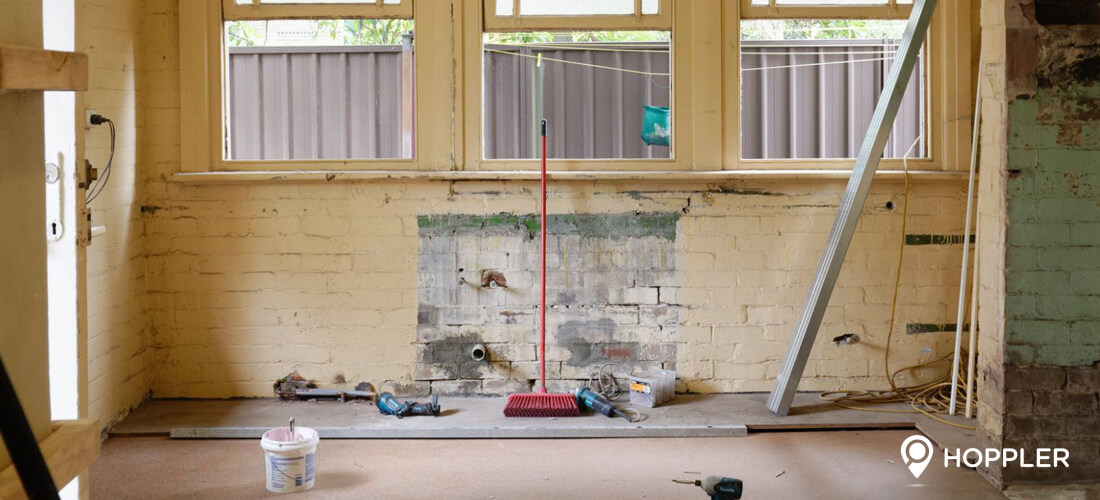How to Apply for a Pag-IBIG Housing Loan: The Ultimate Guide
Disclaimer: Please note that we are neither affiliated with the Pag-IBIG Fund nor experts on the housing loan process. For best results, please direct your inquiries towards Pag-IBIG (see their website for more details).
The Home Development Mutual Fund (HDMF), better known as the Pag-IBIG Fund, is a government-mandated housing loan program that offers some of the most affordable terms and interest rates for Filipinos. Whether one is looking to build or buy a home, contributing Pag-IBIG members can take advantage of a number of the Fund’s structured services to finance their future residences.
The official Pag-IBIG website provides online visitors with a comprehensive range of useful resources. These include descriptions of the HDMF’s miscellaneous benefits and handy PDF guides that walk first-time housing loan applicants through the processes for end-user financing, housing loan availment and financing home renovations step by step.
Under the amended guidelines for Pag-IBIG’s End-User Financing Program, a housing loan may be used to finance any of the following:
- Purchase of a fully developed lot or adjoining lots not less than 24 sq meters and not exceeding one 1,000 square meters, which should be within a residential area;
- Purchase of a residential house and lot, townhouse or condominium unit, inclusive of a parking slot. The unit may be:
- Old or brand new;
- A property mortgaged with the Fund; or
- an acquired asset, or
- Adjoining houses and lots/townhouses/ row houses/condominium units.
- Construction or completion of a residential unit on a lot owned by the member;
- Home improvement, i.e. any alteration in an existing residential unit intended by a homeowner to be a permanent integral part of the property, which will enhance its durability and material value;
- Refinancing of an existing mortgage with an institution acceptable to the Fund, provided that, the account reflects a perfect repayment history of at least one (1) year prior to date of application as supported by the borrower’s official receipts.
- Combination of loan purposes, which shall be limited to the following:
- Purchase of a fully developed lot not exceeding 1,000 square meters and construction of a residential unit thereon;
- Purchase of a residential unit, whether old or new, with home improvement;
- Refinancing of an existing mortgage with home improvement;
- Refinancing of an existing mortgage, specifically a lot loan, with construction of a residential unit thereon.

To avail of a Pag-IBIG housing loan, you must be an active Pag-IBIG member – specifically, one who has made the regular monthly contributions for at least 24 months (two full years), has paid at least 5 contributions in the last six months, has a stable source of income/capacity to pay upon applying, and does not have any outstanding loans or foreclosed properties. Loans can cover up to P6 million in home financing, with interest rates varying depending on whether one applies for the Regular (8% to 12.25%) or Affordable (4.5% to 6.5%) housing loan program. A full breakdown of interest rates for both programs can be found in their website.
As the Home Development Mutual Fund is a government-controlled project, Pag-IBIG membership is exclusive to Filipinos, including government employees, overseas workers and naturalized citizens. Basic eligibility requirements can also be found in their website.
Using the PDF guides for end-user financing and housing loan availment as our starting point, we here at Hoppler, have devised our own annotated breakdown of the process for filing a basic housing loan:
-
Attend a loan counseling session at the Pag-IBIG office.
Recent changes to loan application guidelines indicate that applicants are no longer required to attend a loan counseling session, and may move on to the next step provided they meet the necessary requirements. Members may still opt to attend a session if they wish to. To find your nearest Pag-IBIG office, you may consult the directory of NCR and regional branches. An average loan counseling session takes up to 2 hours, so schedule your plans accordingly.

Accomplish a Preliminary Loan Counseling Questionnaire, Housing Loan Application (HLA) and Membership Status Verification Slip (MSVS). If eligible, secure a Checklist of Requirements (COR) (requirements would depend on the loan purpose).
The Checklist Of Requirements for Window 1, Window 2 and Retail Accounts are all downloadable online. Note that co-borrowers must file a separate Housing Loan Application form. Other online forms can be found in their website. Upon receiving your COR, proceed to Step 2.
-
Submit HLA with complete requirements, and pay the processing fee of P1,000 (non-refundable).
At this stage, Pag-IBIG will undergo a background credit investigation to determine if the applicant is in secure financial standing for a loan. Applicants will be contacted about the investigation findings by the Mortgage Loans Specialist within 5 working days, after which they must schedule an inspection with the Property Appraiser II within another 5 working days. Applicants will then be contacted about the property appraisal findings within 2 working days after inspection.
-
Receive Notice of Loan Approval/Letter of Guaranty and sign loan documents.
In the event that your application is not approved, you will receive a Notice of Disapproval (NOD) instead. The Letter of Guaranty is not applicable if you applied for a Construction Of House or Home Improvement loan.
Upon receiving your loan documents, they must be completed, notarized (if applicable) and submitted (see Step 5) within 90 days.
-
Proceed to the following:
- Bureau of Internal Revenue for payment of documentary stamps and capital gains tax
- Registry of Deeds for transfer of the title and annotation of mortgage
-
Submit the following documents to Pag-IBIG for the release of loan proceeds:
- Original Transfer Certificate of Title (TCT) in the name of the applicant with annotated mortgage
- DOAS with original RD stamp
- New Tax Declaration in the name of the applicant
- Updated Real Estate Tax Receipt (for house and lot, if applicable)
- Occupancy Permit (secured from LGU Engineering Office, if applicable)
- Assignment of Loan Proceeds
You will receive telephone confirmation of the availability of your first check, which will go into paying for your house or condo. When claiming the loan proceeds check at your local Pag-IBIG office, be sure to bring 2 valid IDs to present to the Check Release Controller. If you cannot claim your check in person, have an authorized representative present a notarized Special Power of Attorney (SPA) along with 2 valid IDs of you and your attorney-of-fact.
Congratulations! You are now one step closer to becoming a proud homeowner!
-
Pay the first monthly amortization on the month immediately following the loan take-out/final loan release.
Now comes the tricky part, which a distressingly high number of loan holders often stumble on. Members can take advantage of the Pag-IBIG site’s amortization calculator to get an idea of the amount and frequency of succeeding payments.
Monthly amortizations must be paid promptly; should you miss 3 monthly payments in a row, you face the risk of having your mortgage defaulted, at which point Pag-IBIG will commence the foreclosure process.
Online Services
The online FAQ section is a great starting point for first-timers, while the Pag-IBIG Overseas Program portal helps members locate remittance centers abroad.
Pag-IBIG members may also take advantage of the Fund’s other online services, which allow them to verify the status of their monthly contributions or current housing loan payments. Employers, short-term loan applicants or prospective Pag-IBIG II enrollees may also carry out the first steps of their respective registration processes via the Internet.
On Foreclosures
Under the “Maagang Pabahay, Disenteng Buhay” program, Pag-IBIG already has a system in place for members who wish to acquire or assume one of the fund’s foreclosed properties at a discounted price. You can check the status of Pag-IBIG’s various acquired assets here or click the “Property Finder – Acquired Assets” link on their home page. You may also contact Pag-IBIG’s Acquired Assets Department by phone.
For those looking to apply Pag-IBIG financing to properties foreclosed by banks or other outside entities, however, the process is a bit murkier. Luckily, Foreclosure Philippines offers a helpful overview for those considering this route.
Other Resources
For all other Pag-IBIG-related concerns, one of the most comprehensive resources available online is the Pag-IBIG Financing website for more information on common housing loan issues.). This unofficial guide maintained by Carlos Velasco features articles outlining many common Pag-IBIG topics, from amortization to membership perks outside of the usual housing loans. Pag-IBIG Financing goes into detail about many issues and concerns the official FAQ doesn’t, breaking down the jargon into more manageable layman’s terms.
Recommended readings:
- Pag-IBIG Calamity Loan Requirements
- Pag-IBIG Housing Loan Requirements
- FAQs: Pagi-IBIG Affordable Housing Program
- Pag-IBIG Offers Its Lowest Home Loan Rate of 5.5%
For more tips and guides, visit Hoppler and contact our real estate consultants.



